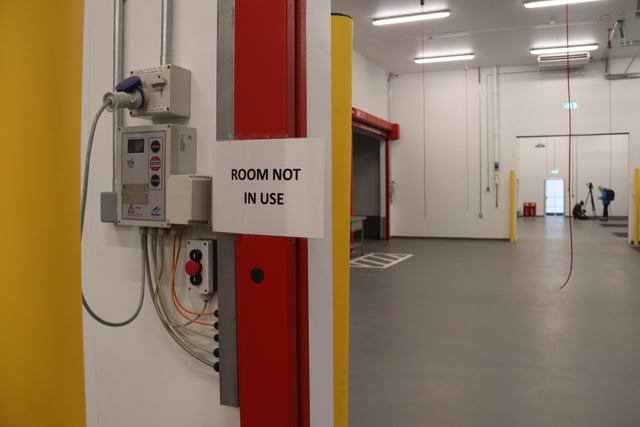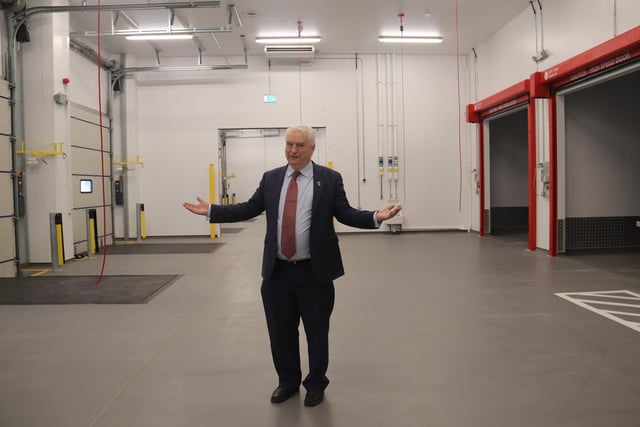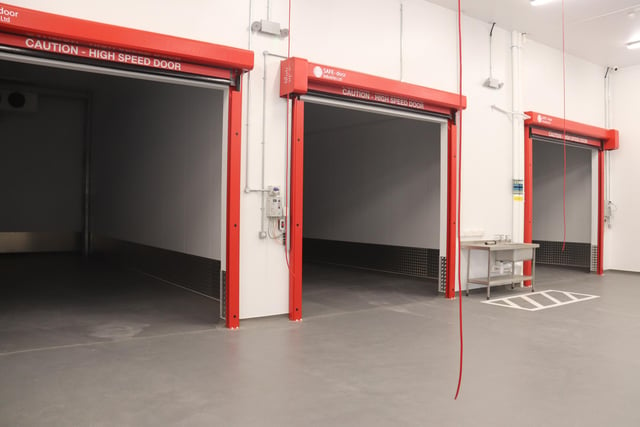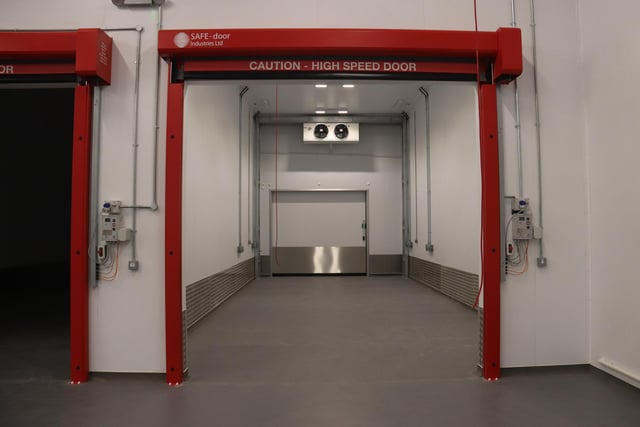The News were invited on a tour of the £25m two-acre building at Portsmouth International Port on Wednesday, which Portsmouth City Council had to contribute £7m towards. Safety and security checks of imported goods from the EU and elsewhere are due to begin at the facility on April 30.
NOW READ: "White elephant" border control post could be demolished as Brexit site branded costly burden
The BCP was constructed under previous government specifications as part of its now defunct Border Operating Model. It was constructed ahead of the deadline of July 1, 2022. It has sat mothballed while specifications around the checks were delayed, creating a financial burden for the council-owned port. The government have since U-turned and has relaxed some of the checks, which makes parts of the building redundant.
Port director Mike Sellers said the aim for the port and PCC is to make the building cost-neutral, even hinting that it could be demolished entirely for a smaller facility if it is not financially viable. He added that the facility was initially prepped for an average of roughly 50 vehicle of checks a day, but under the parameters of the current Border Target Operating Model (BTOM), staff are expected to handle four to five checks a day on average. Half of the loading bays will not be used, with the cost just to maintain the building being £800,000 a year – which will hit the local authority and the taxpayer.
Goods are categorised into low, medium and high risk, with more stringent checks being carried out on products with a higher chance of contamination – dairy, poultry and live animals being some examples. Councillor Gerald Vernon-Jackson, cabinet member for transport who is responsible for the port, described the building as a “white elephant painted black” and added that it is a tax on the people of Portsmouth.

1. Border Control Post
The Border Control Post at Portsmouth International Port, which has been described as a "white elephant" by councillor Gerald Vernon-Jackson. Port director Mike Sellers said roughly half of the building will not be used, as it was built under previous border control specifications. Photo: Habibur Rahman

2. Border Control Post
The Border Control Post at Portsmouth International Port, which has been described as a "white elephant" by councillor Gerald Vernon-Jackson. Port director Mike Sellers said roughly half of the building will not be used, as it was built under previous border control specifications. Photo: Habibur Rahman

3. Border Control Post
The Border Control Post at Portsmouth International Port, which has been described as a "white elephant" by councillor Gerald Vernon-Jackson. Port director Mike Sellers said roughly half of the building will not be used, as it was built under previous border control specifications. Photo: Habibur Rahman

4. Border Control Post
The Border Control Post at Portsmouth International Port, which has been described as a "white elephant" by councillor Gerald Vernon-Jackson. Port director Mike Sellers said roughly half of the building will not be used, as it was built under previous border control specifications. Photo: Habibur Rahman